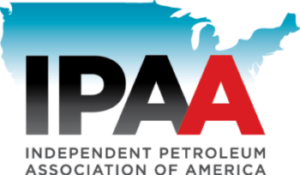The Waters Advocacy Coalition (WAC) writes to provide comments on the Environmental Protection Agency (EPA) and U.S. Army Corps of Engineers (Corps) proposed rule to re-define “waters of the United States” under the Clean Water Act (CWA), 79 Fed. Reg. 22,188 (Apr. 21, 2014). In enacting the CWA, Congress exercised its commerce power over navigation and granted EPA and the Corps (together, the agencies) very specific, limited powers to regulate navigable waters, defined as “waters of the United States.” Congress recognized and sought to preserve the States’ traditional and primary authority over land and water use. For years, the agencies’ regulations and guidance documents have attempted to expand the definition of “waters of the United States” beyond its constitutional and statutory limits. On two occasions, in Solid Waste Agency of Northern Cook County v. U.S. Army Corps of Eng’rs, 531 U.S. 159 (2001) (SWANCC), and Rapanos v. United States, 547 U.S. 715 (2006), the Supreme Court has recognized the Congressional limits placed on CWA jurisdiction and invalidated the agencies’ sweeping assertions of regulatory authority. Despite this history, the agencies’ proposed rule ignores the limits and structure that Congress put in place, as well as the limits recognized by the Supreme Court, and continues the agencies’ practice of overreaching in their assertions of CWA jurisdiction and impinging on the traditional power of the States to regulate land and water.



